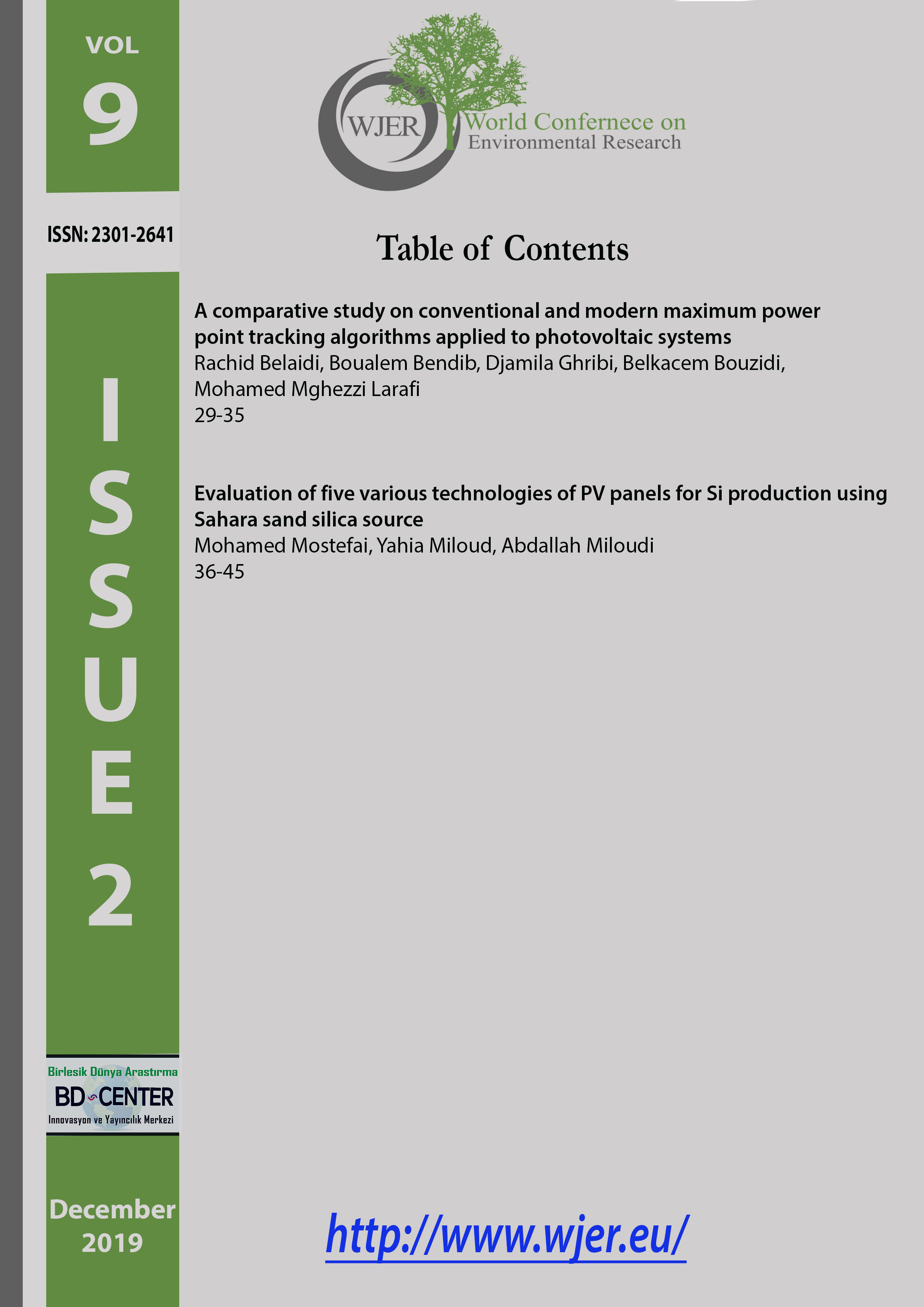
World Journal of Environmental Research
Yazarlar: Jaruwan Chutrtong
Konular:-
Anahtar Kelimeler:-
Özet: Corn or maize is the most widely grown grain crop. It is very practical. It is used as staple food, major source of cooking oil and grown to feed for livestock. Starch from maize can be made into syrups plastics, fabrics, adhesives, and many other chemical products and also fermented and distilled to produce alcohol. This research aims to compare pigment synthetic of Neurospora sp., widely used as a model organism in genetics research, when use corn, dry corncob and potato dextrose agar as culture medium. After fully grow up, extracted mycelium pigment with 95% ethyl alcohol. Then measure the absorbance of the pigment by spectrophotometer at wavelength 450.5 nanometer. The results showed that the best growth of Neurospora cultured on dry corncob was sample which added water (for moisture) 90 % w/w. While the best growth of Neurospora cultured on corn was sample which added water only 15 % w/w. When compare the intensity of mycelium pigment, it was found that corncob is the best medium for pigment synthetic of Neurospora. Absorbance of pigment extract from mycelium culture on corncob was 0.64(diluted 5X). As the absorbance of pigment extract from mycelium culture on corn and PDA were only 0.34(diluted 5X) and 0.35(diluted 2X).